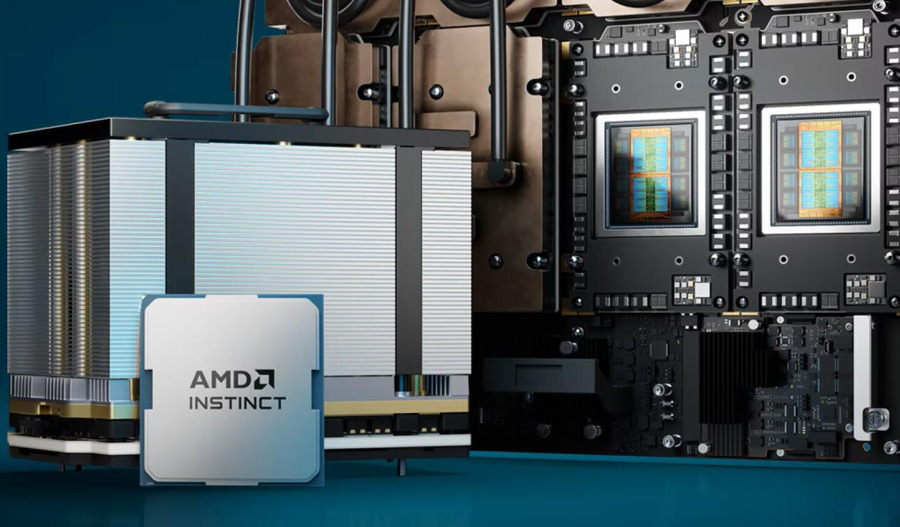Despite mounting fears that the artificial intelligence (AI) investment bubble is deflating and that revenues are too low to justify their investment, Goldman Sachs analysis suggests these claims are far from the truth.
Goldman believes the gains would far outstrip cumulative AI investment forecasts and that’s even before considering cross-border profits, new profit pools, or breakthroughs toward artificial general intelligence (AGI).
The bank believes AI-driven productivity could generate a US$8 trillion present-discounted value in additional capital revenue for the U.S. economy alone, with potential outcomes ranging from $5 trillion to as high as $19 trillion.
Capex demands
According to a report released by Bain late last month, what’s compounding the unprecedented scale of AI investments is the need for global electricity supply to grow by 20% by 2030 to supply the extra energy needed by data centres.
In the U.S. alone, new data centres are expected to require around US$500 billion (A$769.4 billion) of capital investment annually.
To fund the capital expenditure for new data centres alone, AI companies are going to need to find an extra $US2 trillion ($3 trillion) in annual revenue.
While valuations in the sector are by all accounts elevated, Goldman’s research proves convincingly that the scale of investment in AI remains proportionate to the long-term economic upside.
According to Anne Hoecker, head of the global technology team at management consultant firm Bain and Company, AI is advancing at a rate faster than she’s witnessed with any other technology transition.
AI has its knockers
But be that as it may, AI also has its fair share of knockers who remain sceptical of its ability to generate decent returns, at least in the short term.
For example, an MIT report released in August found 95% of organisations got no return on their AI investment, despite investing US$30–40 billion ($45–60bn) in generative AI.
Then there’s research from METR - which develops and runs evaluations of frontier AI systems – which, from July, found developers completed tasks 20% slower when using AI than working without it.
“This gap between perception and reality is striking: developers expected AI to speed them up by 24%, and even after experiencing the slowdown, they still believed AI had sped them up by 20%,” the company noted.
Shifting sands
So despite the mega-hype around AI and the billions ploughed into it by the trailblazers, the so-called magnificent seven mega stocks – amongst others – it’s incredulous to think the jury’s still out on its ability to return in spades.
While everyone is making the assumption that the future lies in larger and more complex models, Nicholas Davis, co-director of the Human Technology Institute at the University of Technology Sydney, reminds the market that's not necessarily the case.
Davis compares the current moment in AI to the emergence of digital cameras in the noughties, when how many "megapixels" a camera had was the key advertised feature.
However, when even the most basic camera had sufficient megapixels to take a decent photo, the focus moved to other features.
The analogy he’s alluding to is Open-source AI models - publicly available and generally free to use - that are closing the gap with their global proprietary rivals - at least for basic tasks.
"The big tech companies are pouring in billions of dollars … but the open-source models are not far behind,” said Davis.
Could AI end up being dot.com 2.0?
While data centres are shooting up like mushrooms, Bain and Company’s Hoecker admitted there was a danger in some AI companies being overvalued, which could conceivably lead to a future crash similar to that experienced by the ‘dot-goner’ brigade of the late 90s.
However, she also reminds the market that data centres will still end up being used, even if the U.S. economy dips into recession.
"Even if the economy tips into recession… the data centres are only going to be under-utilised for a year or so," she said.
Bottom line is, given that AI is being so deeply embedded into everyday tasks, the need for enormous new data centres to run the digital economy, opting out of AI isn’t a luxury any company or economy, for that matter, can opt out of.
Technical leadership missing
Meanwhile, here in Australia the Actuaries Institute believes the country’s AI future is at risk and cites a lack of senior technical leadership within local companies.
Within its recent Dialogue Paper, Where Are Australia’s Data Science Leaders, the Institute argues that Australian companies risk falling behind their global competitors in harnessing the benefits of AI unless they urgently bring more tech professionals into senior management roles.
The paper’s author, actuary Victor Bajanov, urges Australian companies to develop career pathways for employees with deep technical skills in AI and data science.
To take full advantage of the AI revolution, Bajanov says companies need people in the C-suite with backgrounds and know-how in coding, building machine learning models, and managing hybrid teams that include people and AI agents – and the battle scars from doing that.
“This will help companies across multiple sectors face the increasing challenge of developing proprietary solutions rather than relying solely on buying standardised AI tools.”
Laggards in the race for AI
Bajanov warns that while many Australian companies are adopting today’s AI capabilities, leading global organisations like Google, OpenAI and Anthropic are inventing tomorrow’s capabilities.
“The global competition for markets, talent and innovation is increasingly won by those who can effectively blend human expertise with AI capabilities. If Australian organisations don't catch up — and quickly — we risk our entire nation being left behind in the global economy.”
Meantime, while it figures out what role it wants to play in the AI revolution, Australia has abstained from inking any big tech partnership in the AI space.
However, the federal government has been pressured by the tech industry to take its cue from the UK, the United Arab Emirates, Norway and others in subsidising AI processing power.
“Any new data centres can’t come at the expense of Australians – they must be a net positive for the country,” said Andrew Charlton assistant minister for Science, Technology and the Digital Economy.
Unperturbed by the lack of deals or technical capability, Charlton believes Australia is at the front of the pack for data centre investment.
“Australia has access to chips under the Diffusion Act, we have potential sources of sustainable energy, and some very capable data centre builders and operators.”



